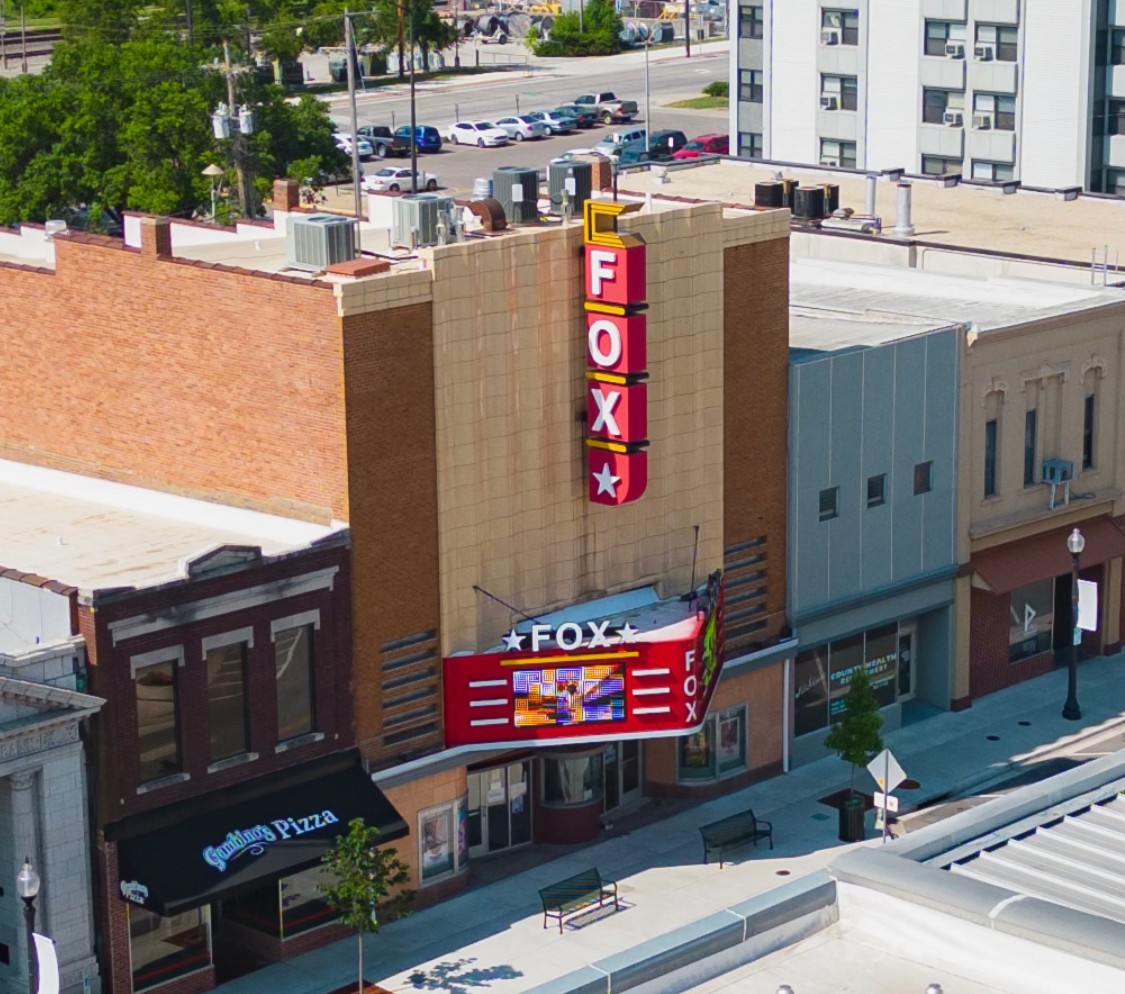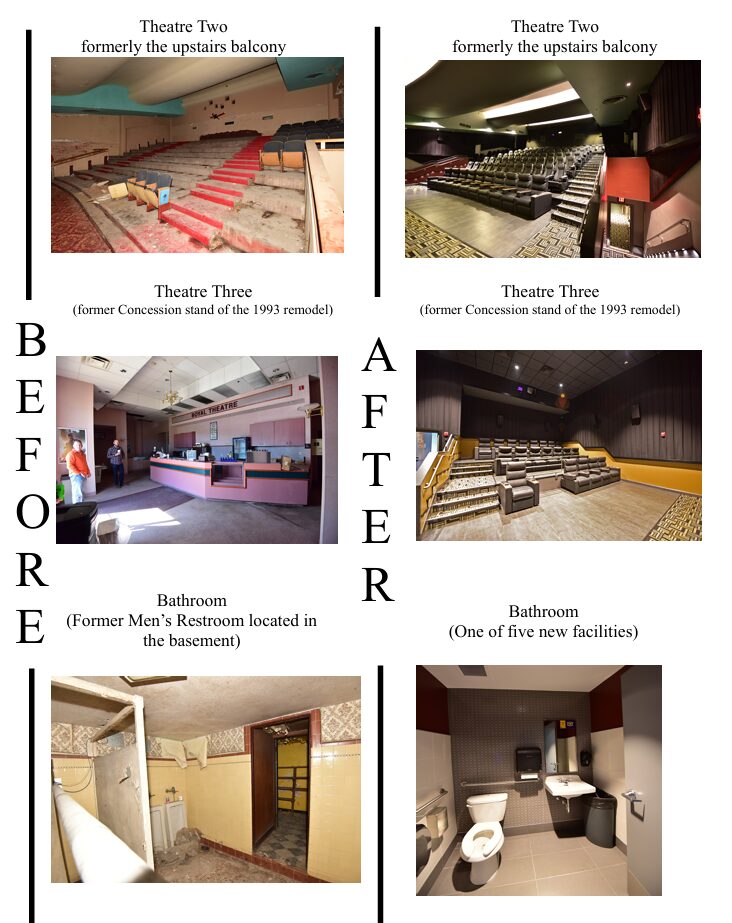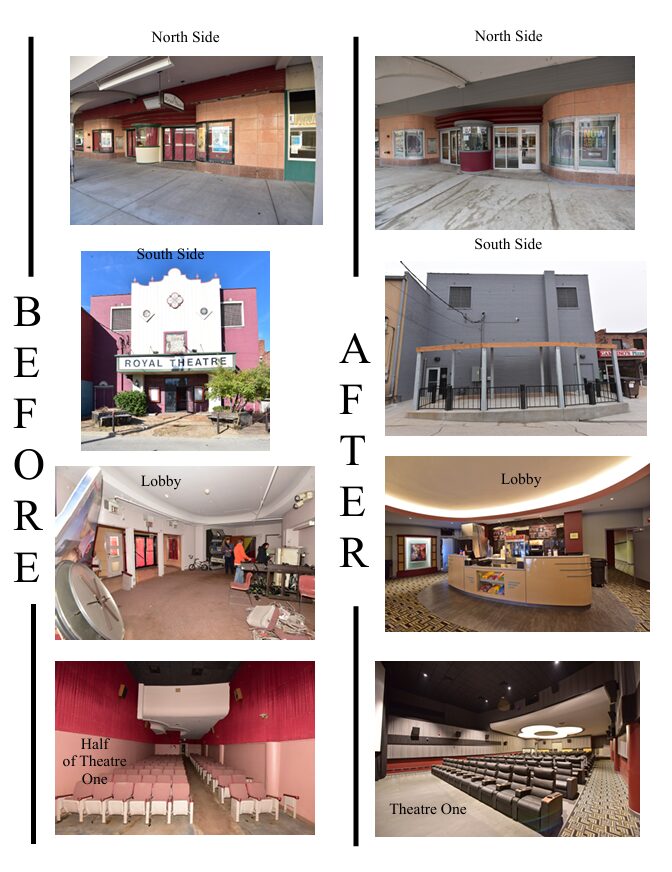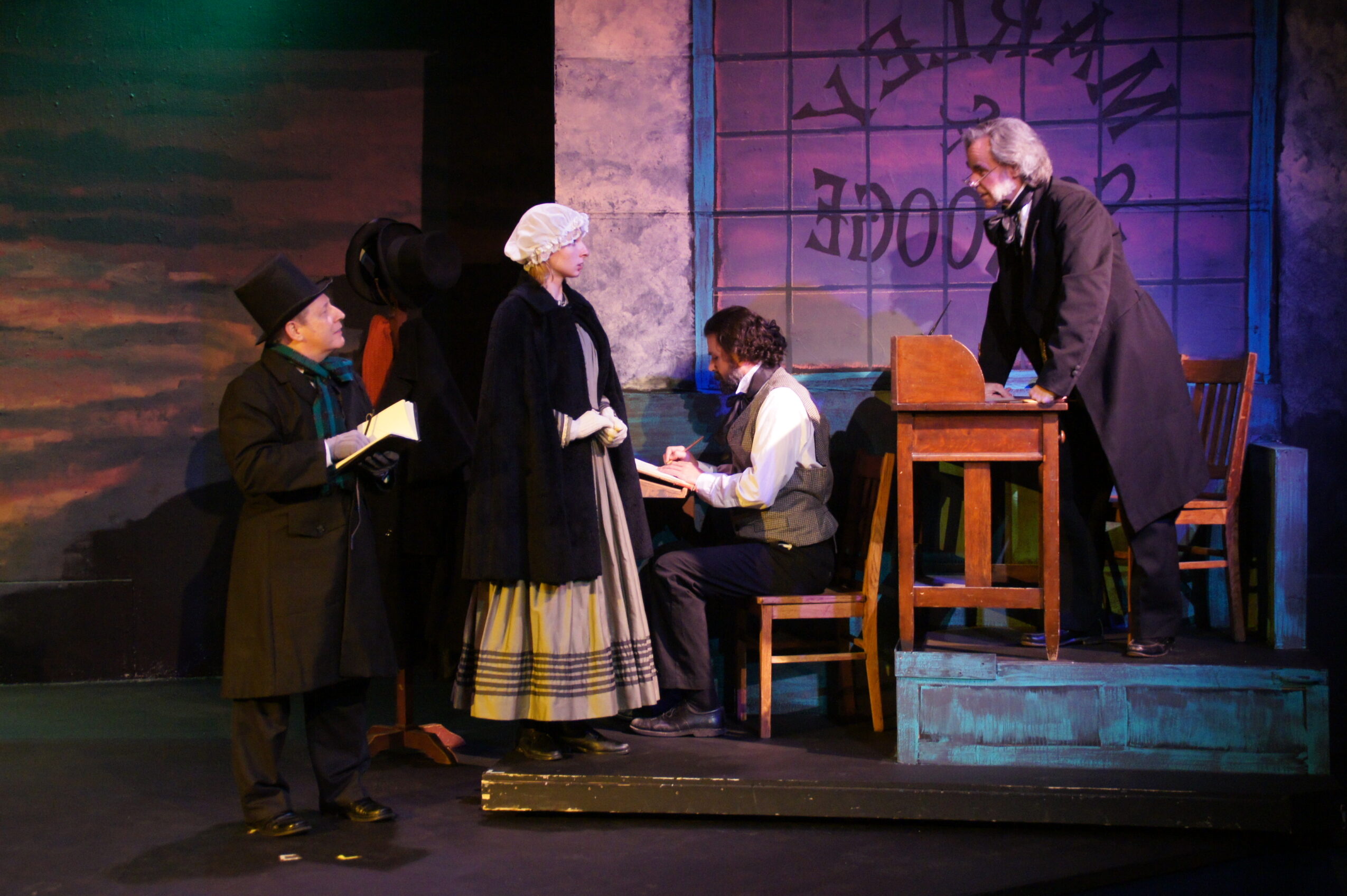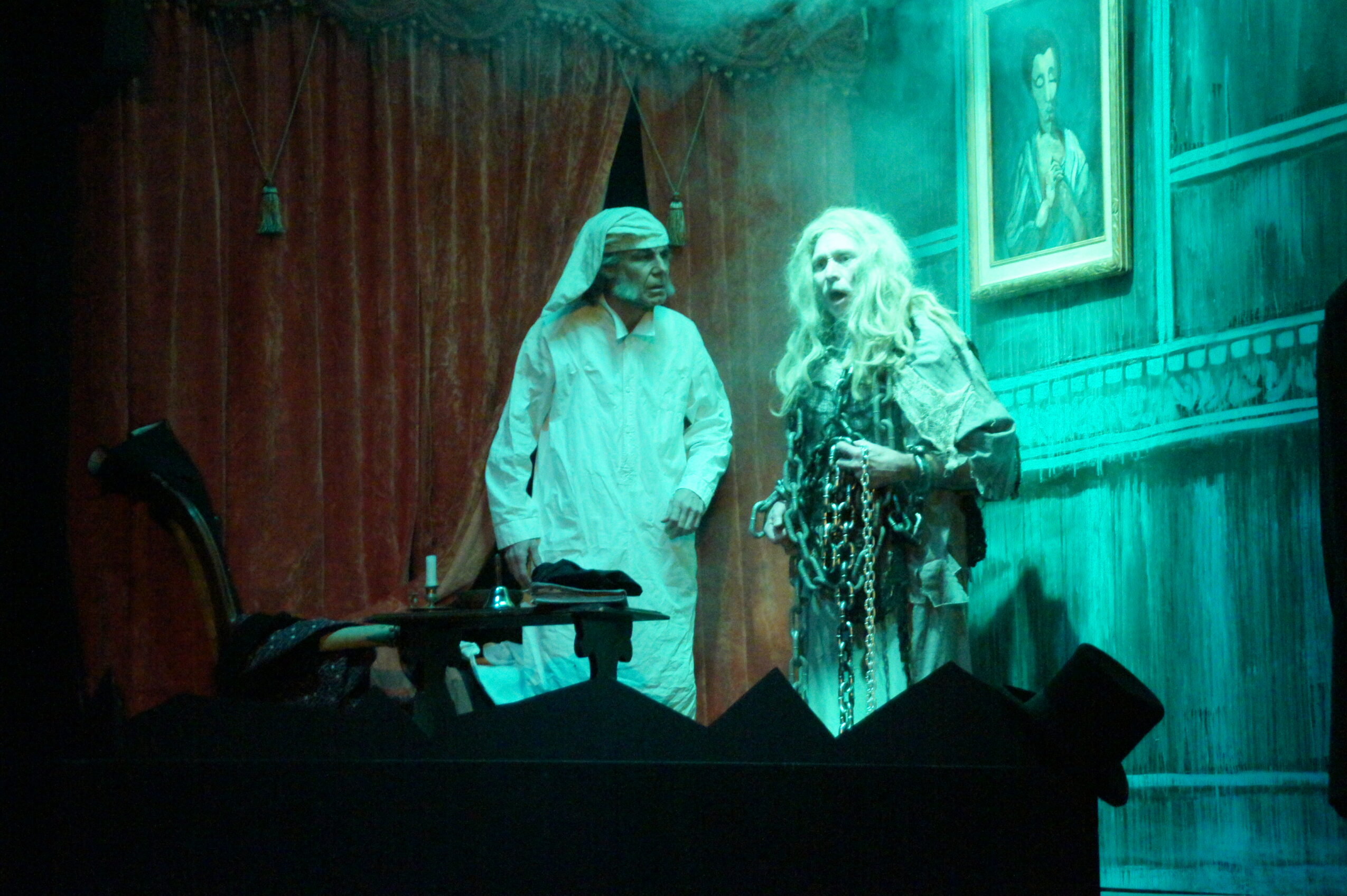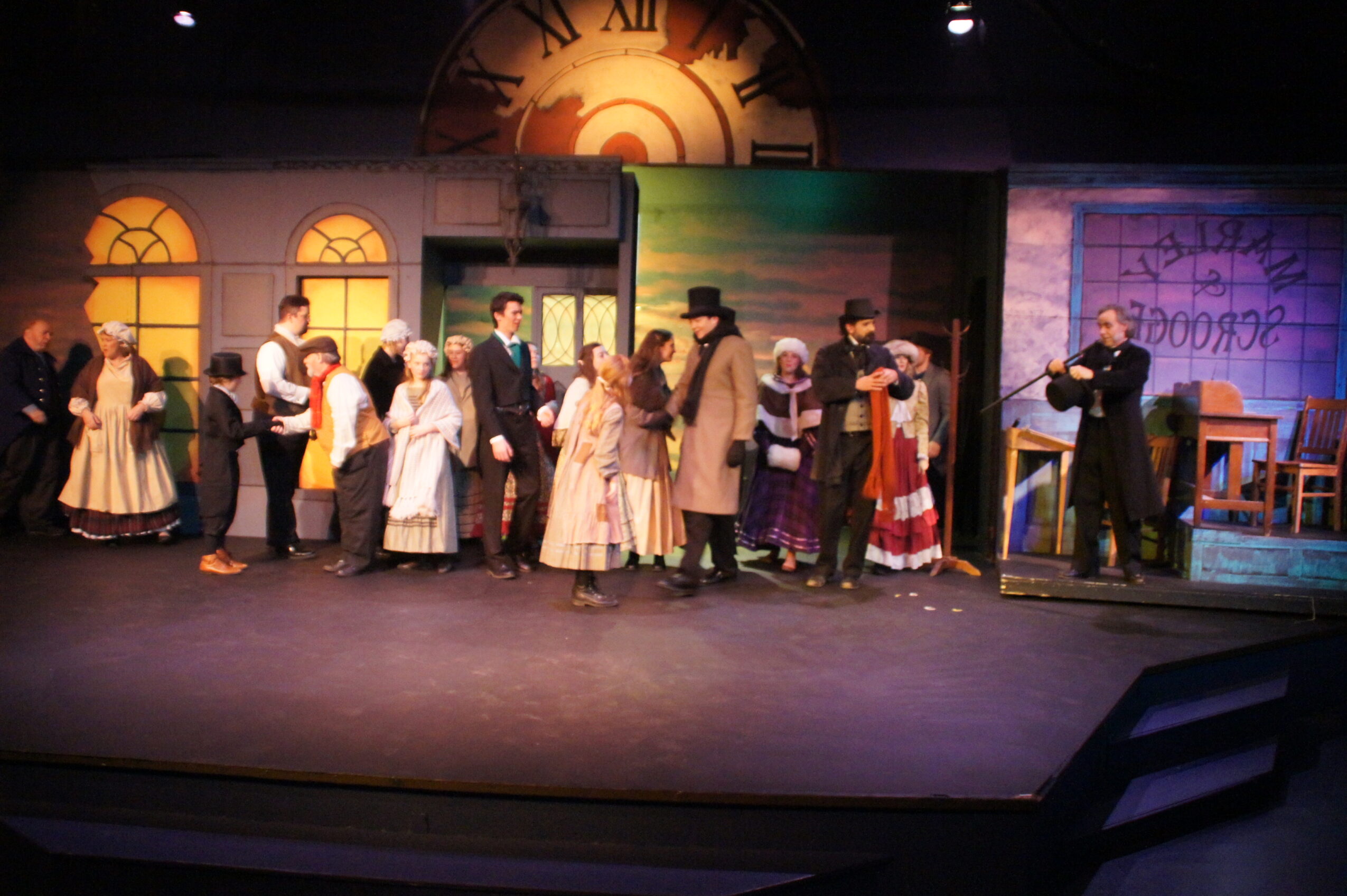

Today we’d like to introduce you to Travis Grossman.
Hi Travis, thanks for joining us today. We’d love for you to start by introducing yourself.
From the moment I first stepped onto a stage at age twelve, I felt the spark that would guide my path for decades to follow. Live theater swept me up with its immediacy, the pulse of an audience, the energy of fellow actors, and the thrill of transforming into someone else, if only for an evening. Throughout my teenage years, acting and singing became my foundation, a rhythm that carried me through high school and shaped my sense of self and belonging. That rhythm walked me onto the stage at KU one afternoon while picking up rented props for a high school production I was helping to tech. I found myself staring at a two-story set for the musical “Cabret” that looked like it came out of the French Quarter of New Orleans! At that moment theater hooked me in a new and exciting way, I wanted to design and build sets, and I wanted to do it at the University of Kansas!
As I entered my junior year, a new door swung open: my first real job at our local movie theater. Here, I discovered a fresh kind of magic one that didn’t require me to stand in the spotlight, but allowed me, night after night, to be swept away by stories rendered larger than life on the silver screen. The escapism cinema offered was intoxicating. Like live theater, I fell in love with the hush that descended as the lights dimmed and the collective gasp of the audience when something extraordinary unfolded. The movie theater became a sanctuary, a place where reality paused and imagination soared.
I couldn’t have known in those formative years how deeply live theater and the movie theater would intertwine with my future. Both worlds exerted a gravitational pull, shaping my aspirations and possibilities. Yet, as high school ended, the practical challenges of adulthood loomed. College seemed out of reach financially, and the idea of pursuing theater as a career felt daunting. Would I ever be able to make a living from my passion?
My first year after graduation was a blur of work and exhaustion. I stayed at the movie theater, steadily growing in responsibility until I became the head projectionist. Alongside this, I took a sunrise shift loading trucks for UPS, a physically demanding job that started before dawn. Hoping to keep my academic dreams alive, I enrolled in classes at Johnson County Community College. The balancing act quickly became overwhelming.
My days blurred together: finishing at the theater around 11 or midnight, snatching three or four hours of sleep, waking for my shift at UPS, squeezing in classes, and catching another brief rest before starting the cycle again. After nine months, it was clear that this pace was unsustainable. Something had to give.
But fate has a way of intervening in ordinary moments. While volunteering for my former high school theater teacher, Mr. Opelt, he took me into his office to join in a phone call conversation he was having with the theater director at a small college in northeast Kansas. They were searching for a Shop Foreman to run their scene shop and build their sets. Within 15 minutes of Mr. Opelt handing me the phone, I was offered and accepted, a full board and tuition paid ride to Highland Community College, a place I’d never even heard of, but which would become pivotal in my journey.
I leaped into this opportunity with gratitude and excitement, embracing the chance to study and work in theater. After graduating from Highland, I advanced to the University of Kansas (KU) to pursue a degree in theater design. The movie company I worked for happened to have a theater in Lawrence, Kansas, enabling me to maintain my connection to cinema while diving deeper into the world of live performance. I lived with one foot in each world, balancing the technical and creative demands of stagecraft with the logistical rhythms of running the projection duties of a college town four-screen movie theater.
Upon graduation, the practical realities of the theater world quickly hit home. Work was hard to come by in northeast Kansas. When jobs did arise, they demanded long hours for little pay. The instability of freelancing and moving from one brief contract to the next was especially difficult for a newly married couple. We wanted stability and to start a family, but theater wasn’t offering it.
Adapting to circumstance, I leveraged my carpentry and set-building skills outside the theater, joining a custom cabinet shop. My partner and I built a respectable reputation for craftsmanship, but competing against large chain stores proved tough. The work was honest and rewarding, but my heart still longed for the vibrancy of live performance.
In 2002, a job posting caught my eye: Artistic Director at Theatre Atchison (which turned into the Executive Director position by the end of the negation process). I felt a surge of hope and the timing seemed right for a change, a chance to return to my roots and guide a community theater. The last two decades have been a testament to what is possible when passion and opportunity collide. For over 23 years, I have poured my energy, creativity, and leadership into Theatre Atchison, helping it flourish as a cornerstone of our local arts scene.
The story became even more interesting in 2017. Atchison’s beloved Fox Movie Theatre, originally opened in 1948, had closed its doors in 2011. The community yearned to revive it, but the scale of the renovation required, both structurally and financially, was daunting. No for-profit company saw a viable return on investment with work that needed to be done.
One evening, at a business function, I found myself deep in discussion with the city’s economic development director, who also happened to serve on my board. We debated whether a nonprofit could take on the challenge of fundraising, remodeling, and operating the theater. Suddenly, my experience in both live theater and cinema seemed to meet at a crossroads. Within days, we toured the shuttered Fox Movie Theatre: 11,000 square feet, a venue with a single screen (converted to two in 1984), waiting for new life.
A week later, my board of directors approved moving forward with an option on the property. Armed with a dedicated fundraising committee and a well-organized board, we pursued state historic and community tax credit projects, launched a robust community campaign, and I wrote grants, a lot of grants.
The restoration of the Fox Movie Theatre was more than a physical transformation. It was a merging of two worlds that had shaped my life, the immediacy of live performance and the immersive escapism of cinema. Under my leadership, the community rallied behind the project, recognizing that our local theater and movie house could be more than places of entertainment: they could be spaces of connection, inspiration, and pride.
Theatre Atchison is now poised to kick off its 44th season this September, and we have crossed over five years of operating the Fox Movie Theatre. The journey continues, weaving together stories on stage and screen, fueled by the same passion that first sparked in me as a twelve-year-old stepping into the lights.
Alright, so let’s dig a little deeper into the story – has it been an easy path overall and if not, what were the challenges you’ve had to overcome?
As Theatre Atchison enters another vibrant season and the Fox Movie Theatre’s marquee lights continue to glow, I am filled with gratitude for the work I have done and continue to do. The journey is far from over, and I remain committed to nurturing the arts, supporting new generations of dreamers, and celebrating the enduring magic of stage and screen.
Atchison is nestled far enough away from the bustle of metropolitan life. Its population, under 12,000, possesses a unique charm and a tightly knit community spirit. However, these assets can also present significant obstacles when attempting to sustain high-caliber arts and entertainment offerings.
The endeavor to create high-quality live performances and maintain a state-of-the-art three-screen movie theater in such a setting is both ambitious and continuously challenging. While these initiatives can enrich the cultural fabric and attract regional visitors, we have to contend with limited resources, financial constraints, and a smaller audience base. In the first five years of my direction of Theatre Atchison I realized that of the total population of the community, only about 15% of the Atchison community appreciate and supported our community theater.
I am here to tell you it is a unique challenge to try and create a company that will sustain paychecks for the number of administrators and artists it takes to create eight to twelve quality live productions annually. Some of which have found recognition at the State, Regional and even National level. All of these accomplishments require funding and rely predominantly on 150 to 185 volunteers annually.
In my initial noodling around with numbers and factoids that surround movie theaters, its patrons, and the mystic which captures people and draws them to the cinema, I realized that a movie theater in Atchison would most likely have the complete reverse interest in numbers for its support from the Atchison community. It was likely that 85% of the population would appreciate and support the cinema arts in Atchison.
As the saying goes, “the numbers don’t lie”. Although modern cinemas require significant capital investment to start, the cost of staffing an efficient facility is far less expensive than staffing a live theater. Why? It costs more to produce original content from scratch, than it does to rent the content and sell the experience. To produce a live theater production, it takes all the administration our office posse, the Executive Director, the Artistic Director, the office manager, bookkeeper, Technical Director and Costumer designer all of whom are salaried employees. In addition, it requires a paid Director for the production and a stage manager (for a non-musical, musicals require three more paid staff, Music Director, Accompanist, choreographer, plus a paid orchestra).
Both live performance venues and movie theaters in small towns frequently depend on a mix of ticket sales, private donations, public grants, and sponsorships. State and federal arts funding is highly competitive and takes years to get into the cycles of funding. Delivering high-quality live performance and maintaining a state-of-the-art three-screen movie theater in a small town of fewer than 12,000 people is a formidable challenge.
Success requires vision, persistence, and creativity. Not just on occasion but weekly. It requires a willingness to engage the community, cultivate local talent, press one’s staff and innovate around resource constraints. While the obstacles are significant, the rewards for me are considerable. It is true 98% of the community does not know what it takes to keep quality-of-life organizations like the live theater and a movie theater going for their community day in and day out. It has never been about the recognition but rather the outcome. Doing our job correctly makes us as important as a breath of air into one’s body, absolutely necessary but hardly ever noticed.
Can you tell our readers more about what you do and what you think sets you apart from others?
In the world of theater design, the relationship between administrative leadership and creative practice presents a unique set of challenges within the same company. As someone who holds the position of Executive Director within the company, there has always been a curious paradox: while my role for the last 23 years is one of responsibility and influence, it has, by necessity, limited my participation in the very creative work that drew me to this field in the first place. Remarkably, my most vibrant design opportunities have flourished on stages other mine at Theatre Atchison. A reality shaped by the demands and expectations of executive leadership, I guess. That or maybe just a need to step away from my “desk” to find a different element needed for creativity. My day-to-day task is to shape the vision of the company, secure funding, build partnerships, and guide organizational strategies. The role is one of stewardship of people, resources, and reputation. While these responsibilities are necessary to the sustainability of the organization, they require an immense investment of time and energy. Meetings, grant applications, staff oversight, and community engagement dominate my schedule, leaving very little time for hands-on design work that initially inspired my career path.
Although my favorite scenic work, our rotating Christmas production of Charles Dickens, “A Christmas Carol”, has been produced on my stage at Theatre Atchison, I have had several of my favorite scenic designs produced at the local college where I side hustled as that theatre departments scenic design instructor for six years.
In contrast to my internal duties, freelance or external design projects have offered a haven for creative expression. When approached by collaborators outside my company, prior to taking on the Fox Movie Theatre, I had more flexibility with my schedule.
On the positive side, it allowed me to stay connected to the artistic aspect of my profession. As a creative, that is immensely important. It did give me the opportunity to maintain a relevant portfolio, which can be invaluable for professional development and reputation, not to mention and desperately needed diversion from the grind of grant writing and financial reports.
The journey for me from Designer to Executive Director was one of transformation. Carpenter/Designer to desk jockey was not all together a comfortable fit. I have often been called a forward leading Executive Director and not one that writes policy and asks others to execute, I just wasn’t as suited for sitting. I have been called partial, my office manager would tell you, “He has a way he wants it to be, just do it that way, it will work better”.
In terms of your work and the industry, what are some of the changes you are expecting to see over the next five to ten years?
I have a unique perspective on the two worlds I work in to curate. I see the live theater trying to replicate what we see in the movies, and at times movies which film live action plays, to be portrayed like the movies. It is very similar to the 1960’s and 70’s of Photorealism and Hyperrealism where painting artists tried to paint real life that mirrored photographs and photographers tried to take pictures that looked like paintings. The same trend occurred when photography was first invented in the late 19th century.
I believe both forms of expression will continue to mirror and copy one another. CGI on film is absolutely mind blowing with how it can take us into another dimension with computer aided graphics and editing. It is equally amazing when you see similar effects used during a theatrical performance and find yourself getting just as pulled into the performance with the use of technology through your willingness to suspend your disbelief.
These two worlds stand at a fascinating crossroads, caught between the appeal of communal entertainment and the advancement of digital technology. It is wildly evident that the industry will undergo profound advancements as AI grows more acute. The stage has always been a place for imagination and immediacy, a realm where performers and audience share a unique, unrepeatable moment. It’s the undeniable draw of the human condition to seek out story telling which has educated, enlightened and entertained humanity for a millennium. Yet the definition of “live” performance is expanding rapidly, and the boundaries between physical and virtual spaces are becoming increasingly porous. In all honesty, I absolutely love it all!
Contact Info:
- Website: https://www.foxtheatreatchison.com/ & www.foxtheatreatchison.org
- Instagram: @theatreatchison and @foxtheatreatchison
- Facebook: @theatreatchion and @foxtheatreatchiosn
